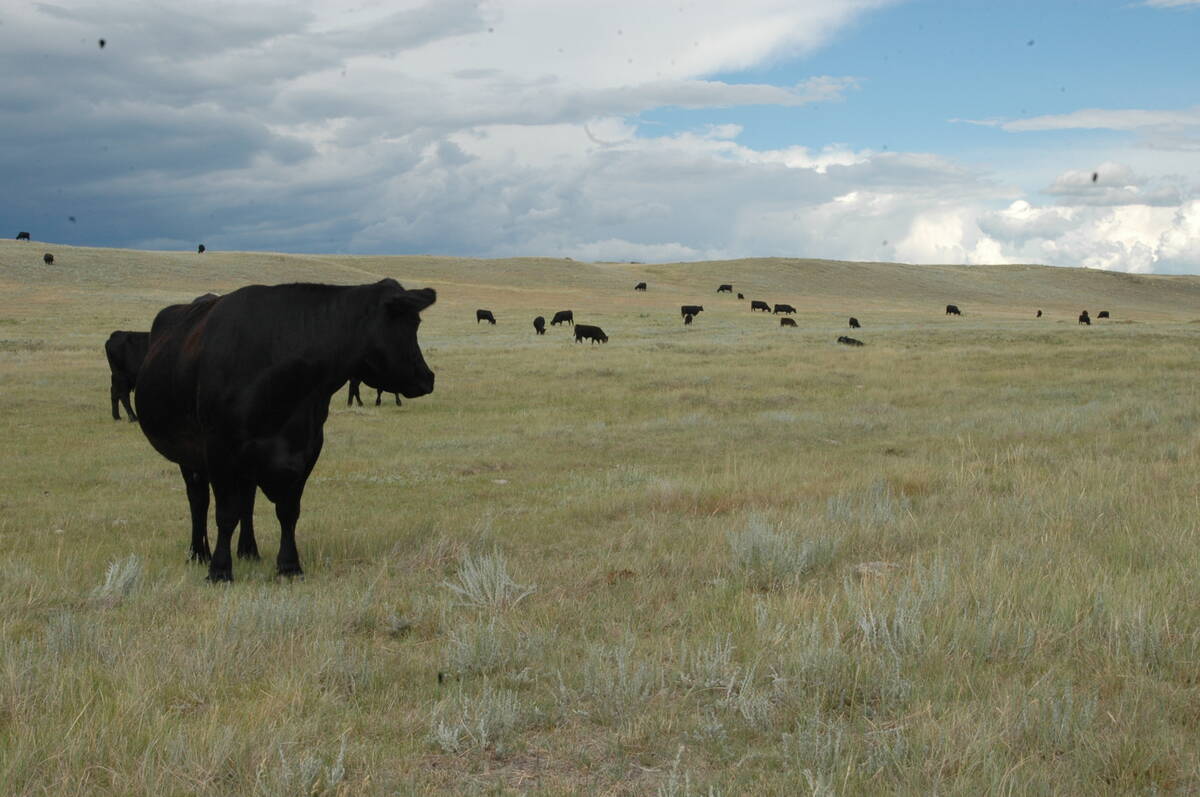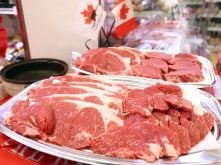Three industry leaders speaking at the recent Western Canadian Wheat Growers Association convention in Calgary agreed the marketplace should decide if herbicide resistant wheat is a desirable product, but offered divergent views on when and how that should happen.
Lorne Hepworth, president of Crop Life Canada, said Canadian farmers need the latest biotechnology to remain competitive. He is concerned the emotion behind the debate over Monsanto’s Roundup Ready wheat variety could shelve a potentially useful product.
“Once it has been determined safe, you should be able to determine whether you want to buy it or not,” he told convention delegates.
Read Also

Saskatchewan Cattle Association struggles with lower marketings
This year’s change in the provincial checkoff has allowed the Saskatchewan Cattle Association to breathe a little easier when it comes to finances.
The chair of the Canadian Wheat Board said the agency is not philosophically opposed to genetically modified products and agreed there are benefits, but insisted the market reality must be considered.
“We feel very strongly that GMO is likely here to stay but we want the first GM wheat to be introduced successfully,” Ken Ritter said.
“We don’t want it to be a disaster.”
He said the board’s most important wheat customers are Japan, Mexico, United Kingdom, Philippines, Columbia, Hong Kong, Indonesia, Ecuador and Malaysia.
“Every single one of them requires a non-GM guarantee,” Ritter said.
That guarantee presents a conundrum, however, because elevator companies claim they cannot segregate wheat.
Rapid detection technology equipment is being developed, but until it is available, GM wheat remains visually undistinguishable from conventional wheat.
This could cause problems if the United States app-roved the variety before Canada does. Because of the international exchange of trucks, rail cars and terminal storage, grain could be commingled if equipment is not properly cleaned, jeopardizing Canadian markets.
Michael Doane, Monsanto’s director of industry affairs, said Roundup Ready wheat could fit into today’s market and is just a platform for a wider array of valuable traits.
Monsanto has devoted 80 percent of its research and development budget on advanced biotechnology traits and the remainder on more traditional chemistries. The industry average sets aside about 30 percent of its research budget for this work.
Herbicide resistance was the first successful genetic alteration. The next step involves stacking traits so that a plant could be tolerant to drought, insects and disease.
The company has developed drought tolerant plants that reduce water consumption as well as cold tolerant plants that could germinate earlier in cold soil.
Corn will likely be the first to hit the market with these added traits.
Other developments include improved yield and quality for food and feed products and biomaterial derived from plants to manufacture fuels, plastics or pharmaceuticals.
Doane argued that acceptance of these crops is growing internationally.
Seven million farmers in 18 countries are growing herbicide tolerant crops such as corn, cotton, soybeans and canola.















